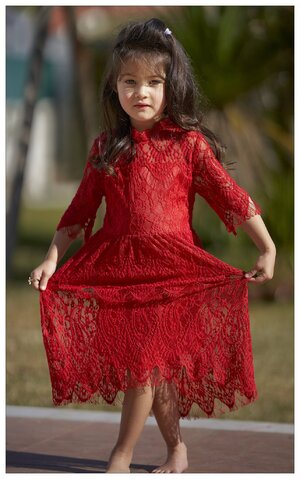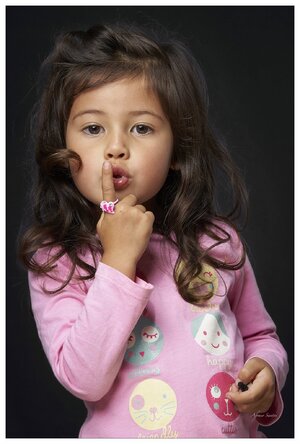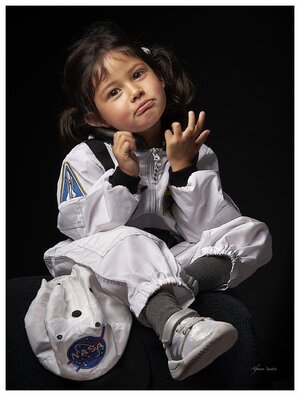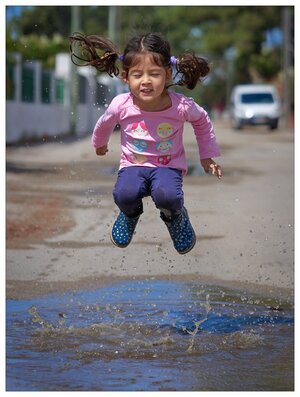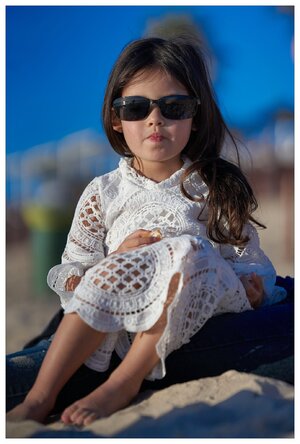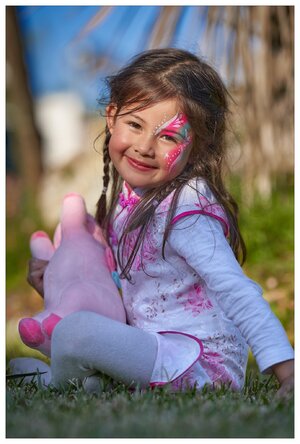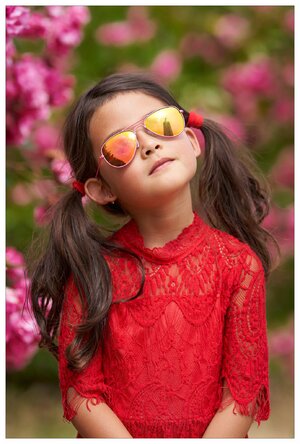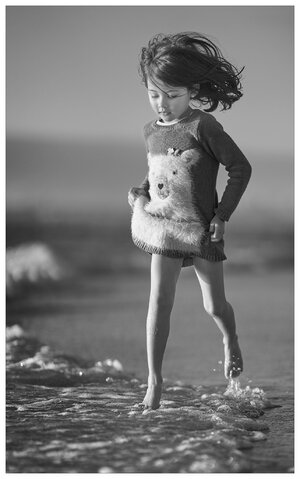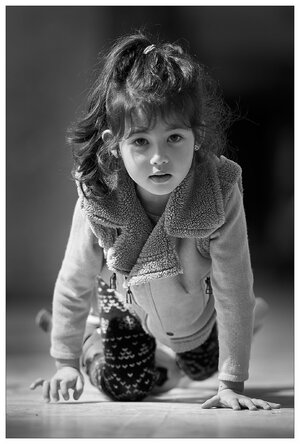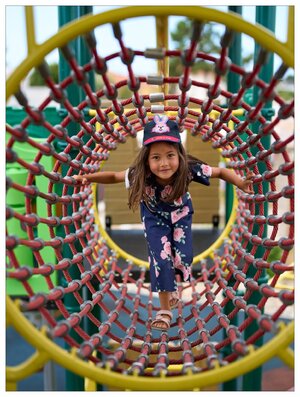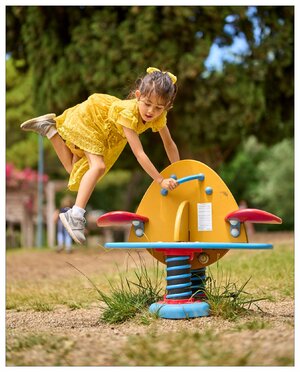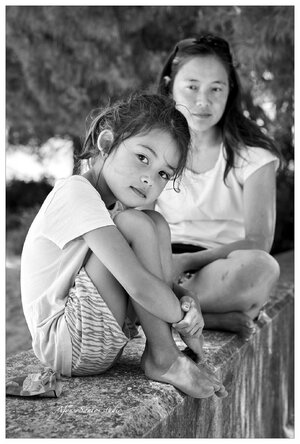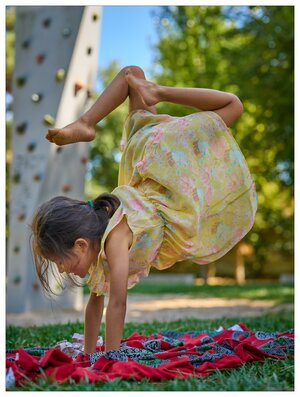Site Supporter
- Followers
- 7
- Following
- 3
- Joined
- Aug 9, 2020
- Posts
- 1,384
- Likes Received
- 1,813
- Name
- Ralph Ernesti
- Country
- Australia
- City/State
- Mildura
- CC Welcome
- Yes
I shoot in JPEG only and it is the way I have been doing it since I picked up a my camera.
Some say oh no you should be shooting in RAW and leave JPEG's alone.
But you can post RAW images as you have to convert in back to a JPEG image.
So its sort of like double handling.
Now never doing this I am going by what I have seen and there is far more adjustments you can make to your shots of JPEGS.
For me I only think this and its if I was selling my shots I would change but I'm not.
And as far as I can see I am still getting okay comments one what I post which are JPEG's.
So why do or is there a good reason to change over to RAW.
Thank you to those who choose to reply to this.
Some say oh no you should be shooting in RAW and leave JPEG's alone.
But you can post RAW images as you have to convert in back to a JPEG image.
So its sort of like double handling.
Now never doing this I am going by what I have seen and there is far more adjustments you can make to your shots of JPEGS.
For me I only think this and its if I was selling my shots I would change but I'm not.
And as far as I can see I am still getting okay comments one what I post which are JPEG's.
So why do or is there a good reason to change over to RAW.
Thank you to those who choose to reply to this.

